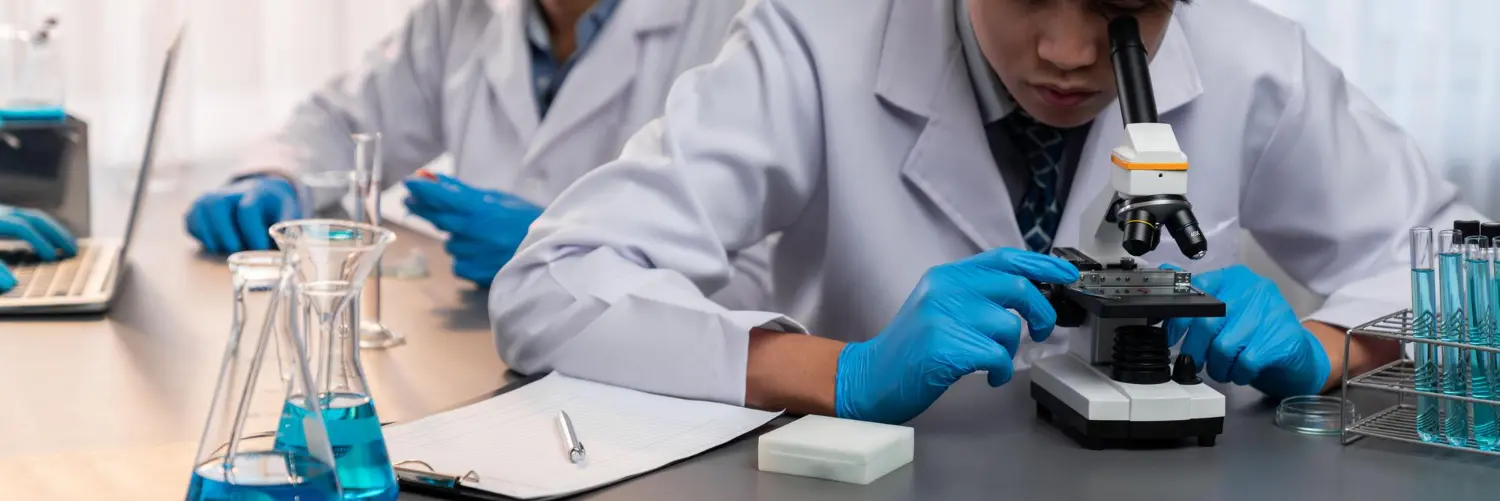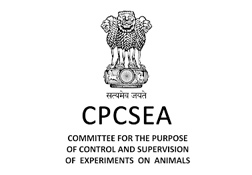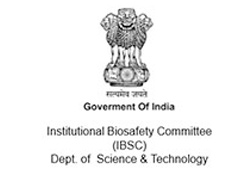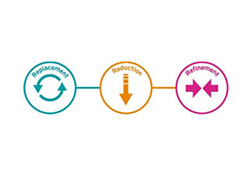Navigating Genotoxicity Testing in Medical Devices: A Compliance Guide to ISO 17025 Standards
Introduction :
Genotoxicity testing is an essential process in evaluating the safety of medical devices, focusing on their potential to damage genetic material. Adhering to ISO/IEC 17025 standards, laboratories must ensure rigorous procedures and skilled personnel for accurate testing. Key components include defining testing scope, maintaining personnel competence, following standardized test methods, implementing quality control, calibrating equipment, careful sample handling, detailed record-keeping, clear result reporting, ensuring measurement traceability, and continuous improvement. These guidelines guarantee accurate and dependable genotoxicity testing, which is necessary to protect patient health and maintain the safety of medical devices.

Understanding the Genotoxicity Testing :
Genotoxicity testing is an essential component of the biological evaluation of medical devices, helping assess the potential for a medical device or its materials to cause damage to genetic material. When conducting genotoxicity testing for medical devices , laboratories must adhere to ISO/IEC 17025, which outlines the general requirements for the competence of testing and calibration laboratories. Here are general considerations and steps for genotoxicity testing in accordance with ISO 17025:
Key Aspects of ISO 17025 Compliance in Genotoxicity Testing :
1. Scope of Accreditation:
Clearly define the scope of genotoxicity testing services offered by the laboratory. Specify the types of medical devices and materials covered, as well as the relevant testing methods.
2. Personnel Competence:
Ensure that laboratory personnel involved in genotoxicity testing have the necessary qualifications, training, and experience in relevant areas such as toxicology and genotoxicity testing.
3. Test Methods and Procedures:
Document and follow established test methods and procedures for genotoxicity testing. These methods should align with relevant international standards, such as ISO 10993-3 for biological evaluation of medical devices
4. Quality Control and Quality Assurance:
Implement quality control measures to ensure the reliability and reproducibility of genotoxicity test results. This may include running control samples, validating methods, and participating in proficiency testing programs.
5. Equipment and Calibration:
Calibrate and maintain all equipment used for genotoxicity testing according to applicable standards. Regularly monitor and document the calibration status of equipment to ensure accuracy.
6. Sample Handling and Storage:
Establish procedures for proper handling, transportation, and storage of samples to prevent contamination or degradation. Ensure that samples are stored under conditions that maintain their integrity.
7. Record Keeping:
Maintain detailed records of all genotoxicity testing activities. Documentation should include sample identification, test conditions, results, and any deviations from standard procedures.
8. Reporting of Results:
Provide accurate and clear reports of genotoxicity test results to clients. Reports should include relevant details about the testing process, conditions, and results, along with any observations or deviations.
9. Traceability of Measurements:
Ensure traceability of measurements to national or international standards. Document the calibration status of measurement equipment and reference materials used in genotoxicity testing.
10. Continuous:
Implement a continuous improvement process to identify opportunities for enhancing the effectiveness and efficiency of genotoxicity testing procedures.
Conclusion
Keeping up with the most recent developments in testing techniques is essential for labs performing genotoxicity testing. With the ever-evolving field of science, It is essential to change laboratory procedures regularly to take into consideration the latest discoveries in science. Participation in relevant proficiency testing programs and adherence to international standards contribute significantly to the ongoing improvement of laboratory practices. This will help to accuracy of the results and help to maintain compliance with the (ISO) guidelines. Therefore, laboratory professionals should prioritize staying informed about new testing methods, implementing them appropriately, and participating in proficiency testing programs to improve their genotoxicity testing practices continually.




